For many growers, getting their first allotment marks the start of a steep learning curve, paved with unanticipated pitfalls and setbacks. From pigeons whittling away your brassica beds to slugs chomping at your cucumber plants, it can at times feel like the tide is pushing against you.
Some crops are notoriously challenging to grow, while others provide huge rewards with little investment of energy or time. In this article, we provide an overview of five easy-to-grow, low maintenance crops to help beginner gardeners drive down their grocery bills and make the most of their gardening space.
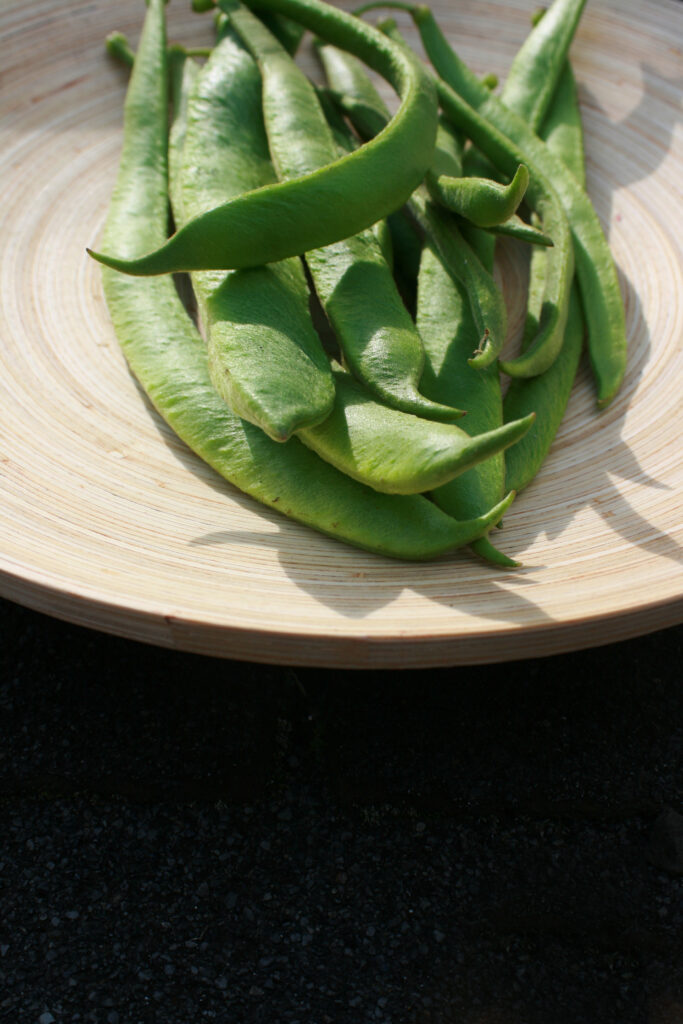
1. Runner Beans
A firm favourite of many allotmenteers, runner beans are easy and quick to grow. Just provide them with sturdy support and plenty of water, sit back and watch them spring into action. A single row of runner beans will provide a near constant supply of pods all summer long, provided you pick them regularly to encourage the plants to keep producing. The pods should be harvested when they are around 15cm long for maximum tenderness and taste.
From July onwards in the UK, runner beans become unstoppable, subject to weather conditions. This classic British vegetable has the added bonus of brightening up gardens with its delicate red or white flowers, which precede the long bean pods.
An excellent source of folic acid, fibre, vitamin C and protein, runner beans are low in calories, containing less than 20 calories per 100g serving. Once picked, they can last 2-3 days or longer in the refrigerator, if stored correctly. Washed, sliced and chopped, they are also ideal for freezing.
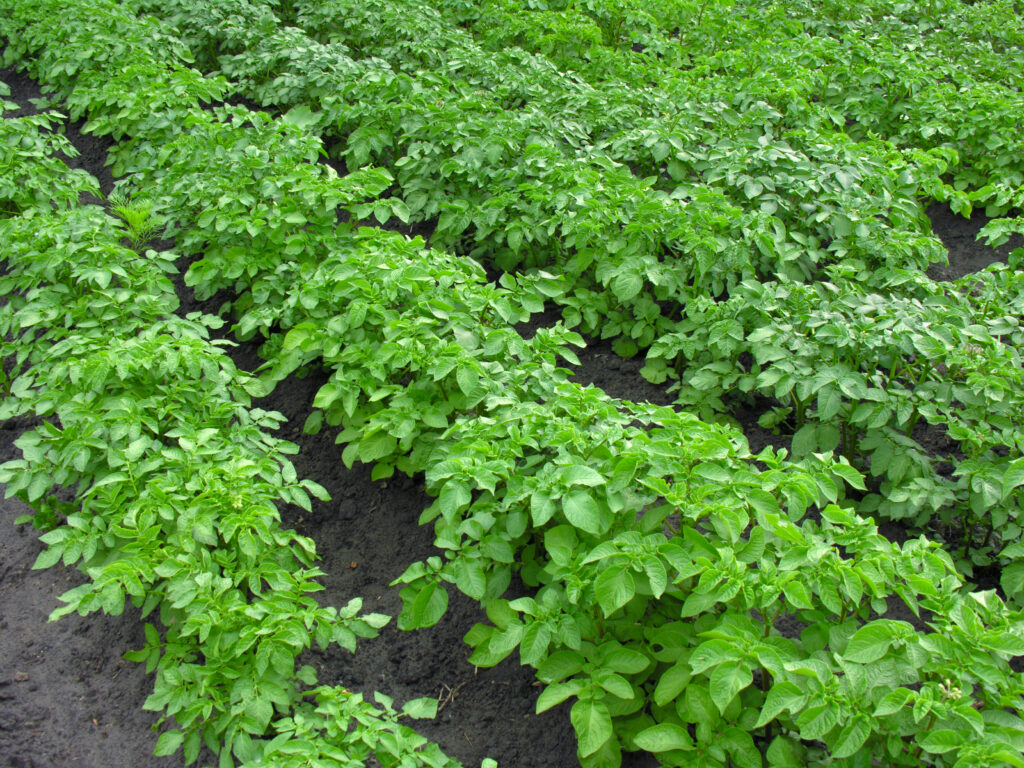
2. Potatoes
Ideal for beginner allotmenteers, potatoes are relatively easy to cultivate, presenting a good return on investment in the form of a potentially long-lasting harvest. A versatile crop, potatoes are a staple food source that can go a long way towards improving soil structure. They thrive in a range of different conditions, making them the perfect choice for first-time growers.
Relatively low maintenance, potatoes are excellent for breaking up the soil, encouraging the decomposition of organic matter and improving its composition for future crops. Compared to many other crops, potatoes are an inexpensive option, coming in several different types, including early, second early and maincrop.
Potato crops are relatively easy to plant and maintain, typically grown in trenches, making them appropriate for growers of all abilities. To get started with potato cultivation, the grower will need only basic tools, such as a fork or spade. Selecting early varieties helps to reduce the risk of blight, enabling first time allotmenteers to enjoy harvesting new potatoes right through the summer.
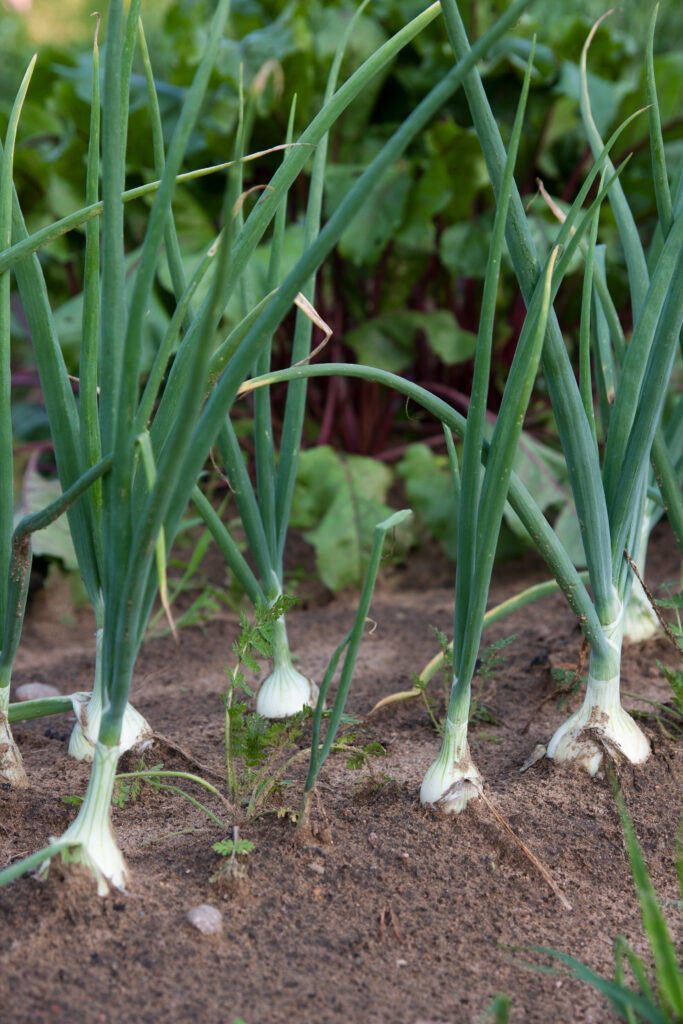
3. Onions
Another staple food, onions add flavour to stews, soups and salads. In the garden, they prefer a sunny spot with well-draining soil. Onions can be grown from seed or sets, the latter producing a crop much more quickly, producing a harvest in around 80 days, while those grown from seed can take up to 100 days to mature.
Onions are a relatively cheap crop to grow that presents scope for families to drastically reduce their grocery bills over the course of a year, given that a pack of three at the supermarket costs 99p, a packet of seeds costs the same, and a properly prepared harvest can potentially be stored for several months. From May to October, onions can be eaten straight from the plot, with stored onions lasting up until March and beyond.
When growing a crop of onions, particularly from sets, a common problem is bolting, with the onion developing a flower spike. Bolted onions develop a hollow centre that renders them useless for storing. When this happens, the best strategy is to harvest and use them right away, discarding the fibrous, woody centre but using the surrounding flesh, which is still fine to eat. Bolting is said to be caused by irregular watering, particularly in early summer dry patches, or sudden changes in temperature. The sight of flower spikes can be disheartening for growers, but it is usually just 10-15% of the crop that is affected.
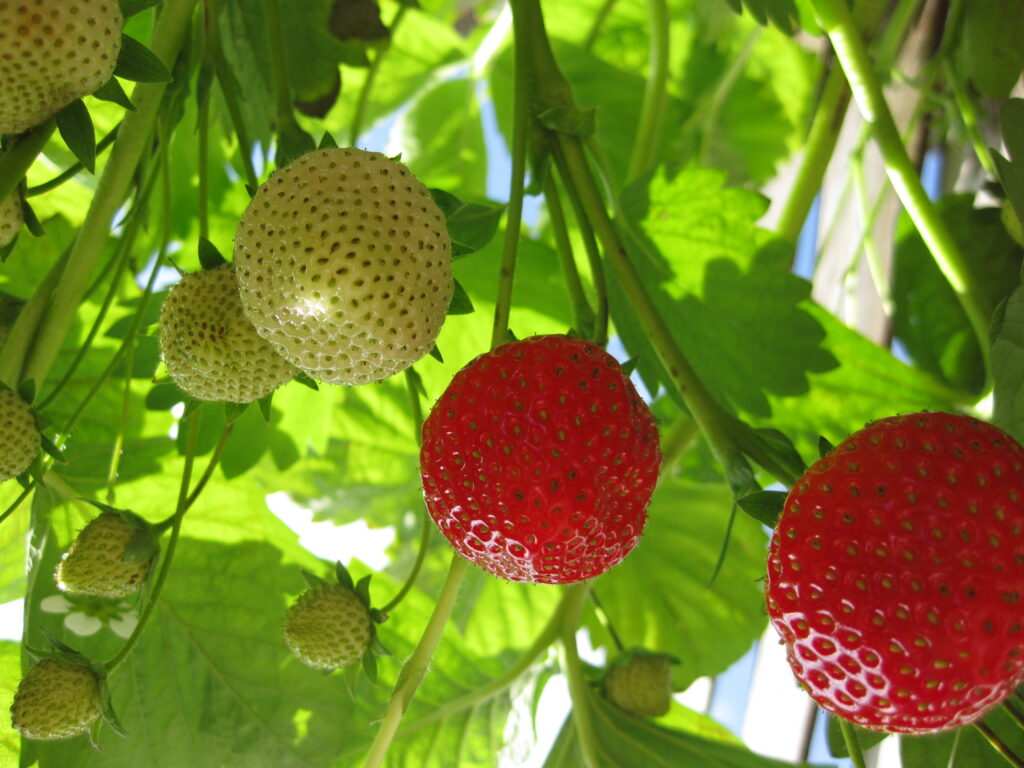
4. Strawberries
The quintessential taste of summer, strawberries are an excellent perennial crop that will keep coming, rewarding you with mouth-watering fragrant fruit, year after year. Plant runners in autumn or early spring, feed, mulch well and sit back, waiting for a generous crop of juicy berries in summer.
However, be warned: wildlife enjoy this crop every bit as much as you do. You could find yourself competing with all kinds of critters – everything from slugs to birds to squirrels – so it is advisable to keep them netted to protect your harvest.
The key to successful strawberry cultivation lies in selecting the right varieties, ensuring proper soil conditions and providing them with adequate sunlight. Strawberries are delicious eaten fresh or used in desserts and cakes. They can also be used to make jam, or frozen for use in smoothies. Strawberry leaves are sometimes used in herbal teas, imparting a mild flavour, their potential health benefits ranging from antioxidant protection, enhanced digestion and even providing relief to people with arthritis.
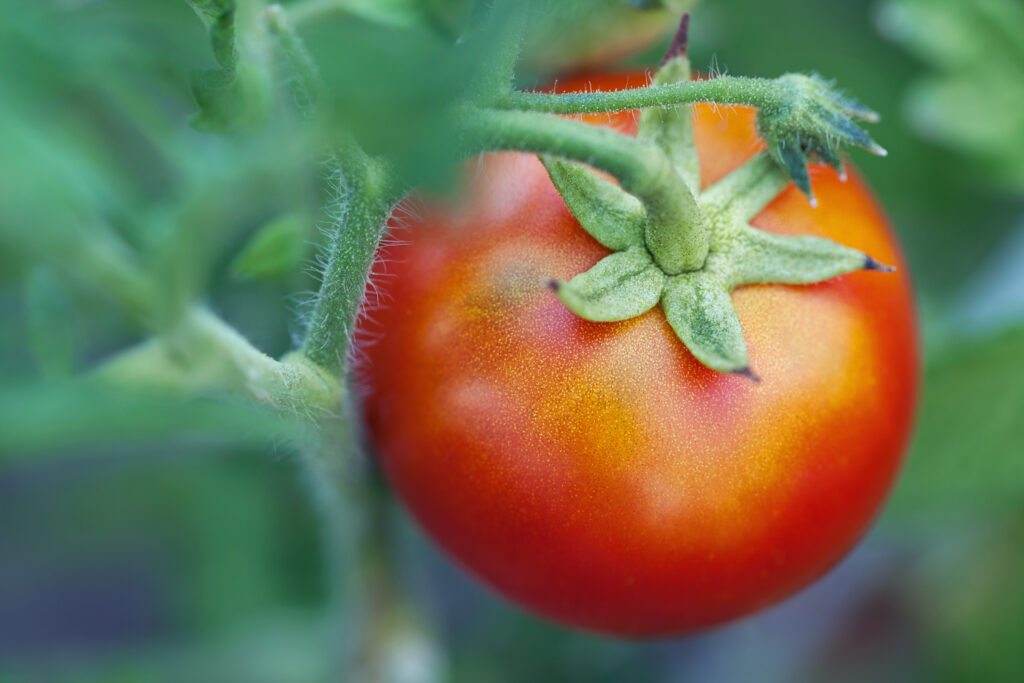
5. Tomatoes
Popular among beginner gardeners, tomatoes can actually be quite a challenging crop to master. However, even the laziest and most neglectful growers are usually rewarded with some fruit. Nothing compares to the flavour and aroma of homegrown tomatoes, unparalleled by even the most expensive store-bought alternatives.
When growing yourself, tomato seeds should be sown approximately six weeks from the last frost date and raised on a sunny windowsill or in the greenhouse until the danger of frost has passed. With a myriad of different varieties available today, there are types available to suit every space, with bush tomatoes ideal for growing in hanging baskets. Cordon tomatoes can exceed 12 metres in height given the right conditions, so it is important to provide them with ample support.
Tomatoes should never be allowed to dry out, since this can cause various problems, including causing the fruit to split. Fresher and more nutritious, grown without the use of pesticides, homegrown tomatoes are rich in vitamins, minerals and antioxidants, including lycopene, which bestows a range of health benefits, including lowering the risk of heart disease and cancer.

Leave a Reply